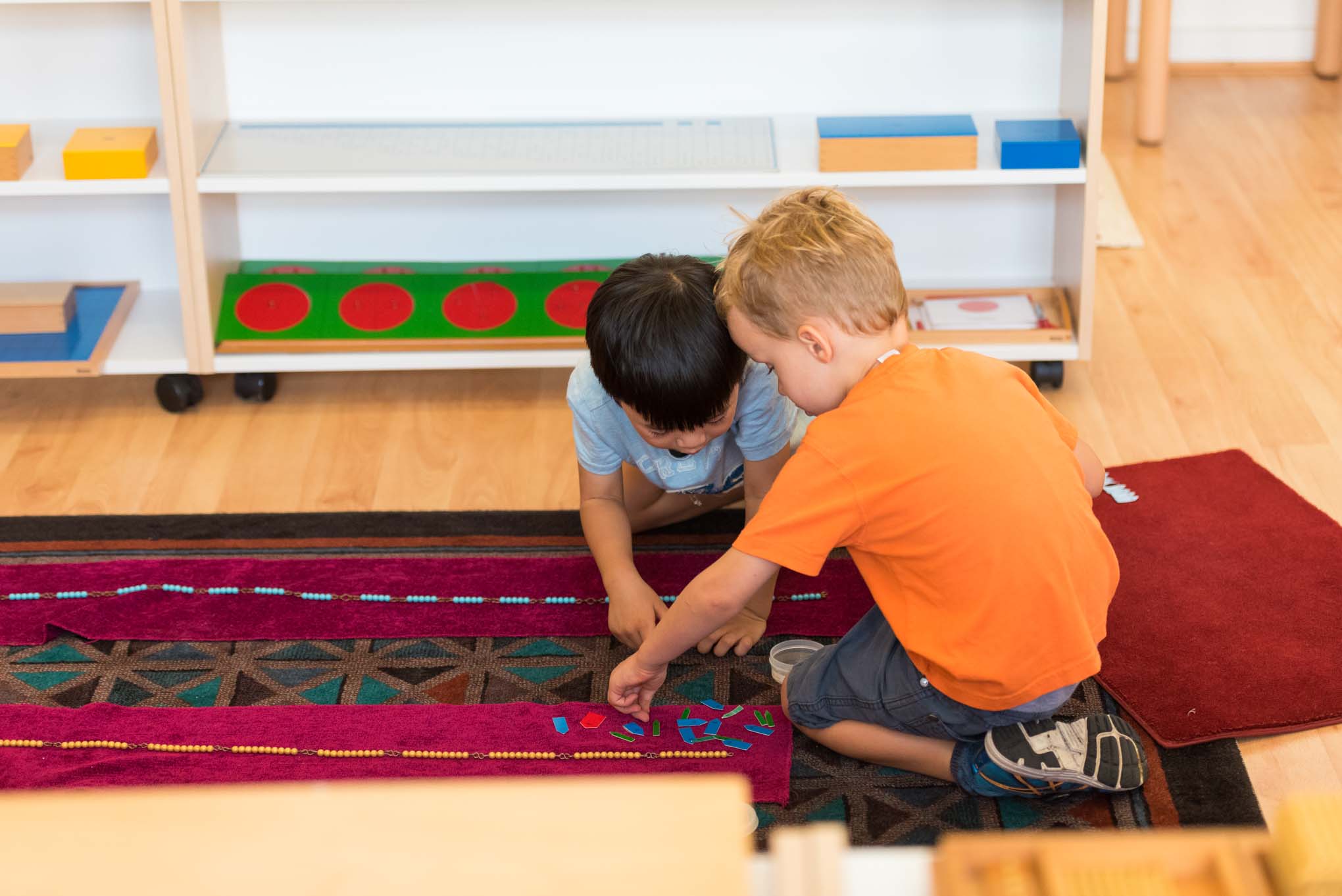
Montessori Maths Materials Explained
Montessori schools use specific materials to learn maths, but what are they?
Montessori materials are somewhat of a mystery, so the first time I walked into a Montessori environment, I was speechless! Gazing around at the calm, organised environment and wondering at the beautiful learning materials displayed so neatly and uncluttered on low shelves, felt so inviting that I could instantly imagine how enticing they would be for a child.
When you walk into a Montessori classroom there’s an array of brightly coloured objects; solid geometric forms, knobbed puzzle maps, coloured beads, and various specialised rods and blocks.
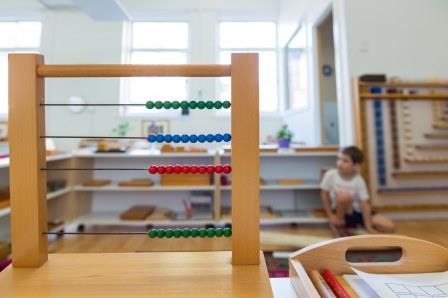
The learning materials are not the method itself, but rather tools that Montessori classrooms use to stimulate the child into logical thought and discovery. They are provocative and simple, each carefully designed to appeal to children at a given level of development. Each has a specific place on the shelves, they are always arranged in sequence, from the most simple to the most complex, and from the most concrete to those that are the most abstract. I like the way this signals to the child a sense of progression in their learning.
Dr Maria Montessori, an Italian doctor and scientist, observed that children learn most effectively through direct experience and the process of investigation and discovery. This led her to design a number of multi-sensory, sequential and self correcting materials for mathematics, sensory development, language, science, history and geography. The materials facilitate learning which builds from the concrete and sensorial to the abstract in constructing the child’s knowledge.
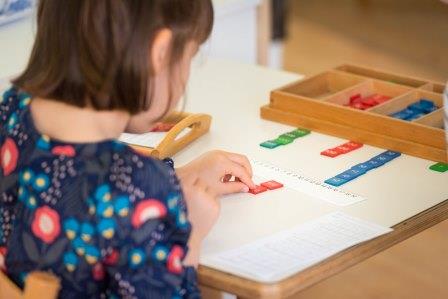
Ingenious
Each Montessori material isolates and teaches one thing or is used to present one skill at a time, as the child is ready. The skills and concepts involved in each subject are offered in a sequence in which children most easily master them. The materials simplify the steps, and the built-in “control of error” in many of the Montessori materials allows the child to determine if they have done the exercise correctly.
“Grow” with the child
Additionally the materials contain multiple levels of challenge and can be used repeatedly at different developmental levels. For example, the material known as the ‘pink tower’ is made up of ten pink cubes of varying sizes and isolates the concept of size. The preschool-aged child constructs a tower with the largest cube on the bottom and the smallest on top. Later, in primary school, new aspects of some of the materials unfold. It can also be used by older children to study perspective and measurement. Or when studying volume, for instance, the child may return to the pink tower and discover that its cubes progress incrementally from one cubic centimetre to one cubic decimetre. I learn that with all the materials, they are so much more than meets the eye.
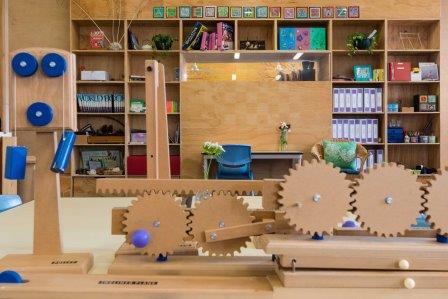
Sensorial beauty
The materials are really beautiful and oh so appealing - engaging multiple senses in learning. The bright blue of the geometric solids, the pink and blue sandpaper letters, the wooden sound cylinders for example. It’s clear that these materials are not toys, but clever opportunities for discovery. Throughout the classroom, children will be sorting, stacking, and manipulating all sorts of beautiful objects made of a range of largely natural materials and textures. The sensorial quality of the materials, makes a compelling statement about the connection between hands-on experience and the brain connecting new pathways to learning.
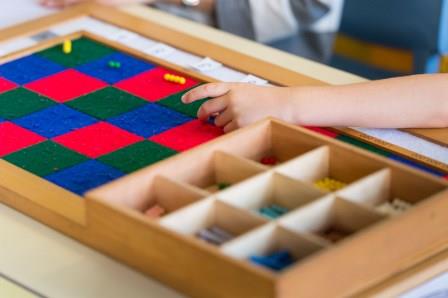
Invite discovery
The teacher usually presents a particular material individually to each child when that child is ready. Montessori said that children not only need lessons that are interesting, but they also like to be shown exactly how to use the materials. Montessori understood that children are profoundly attracted to precision and these intricacies help keep their focus and attention. Watching a teacher present a lesson to a child, is an art form in itself. I learned that the Montessori teachers are highly skilled and very precise in the method they use to present a lesson, much of which escapes the untrained eye. For example, a material will be presented from left to right - the hidden genius here is an indirect preparation for reading and writing in preschoolers. Likewise, the teacher will always sit on the child’s dominant side. This way the child can watch and copy their exact movements.
Such simple attention to detail may explain why Montessori schools are growing around the world.